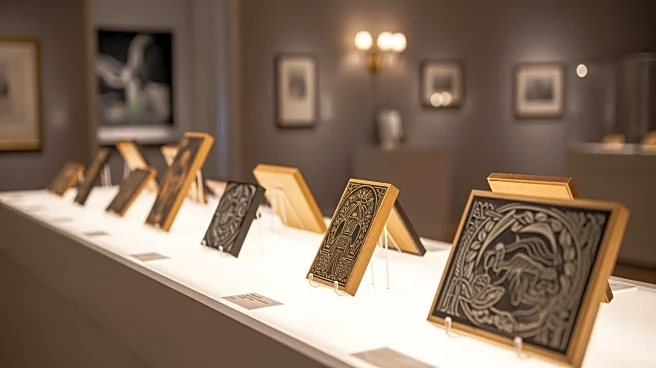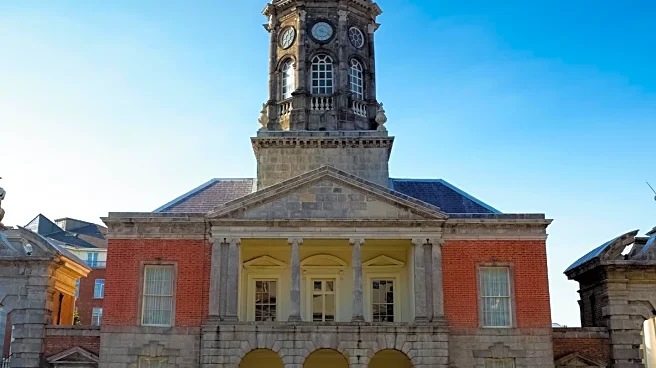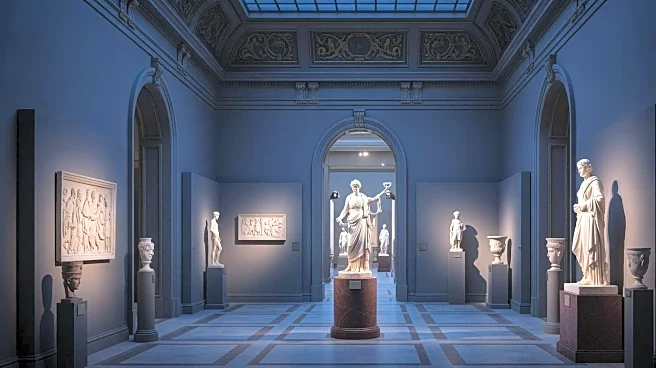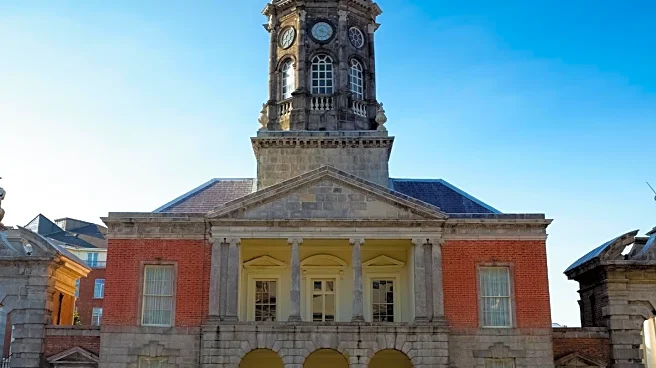What's Happening?
A collection of 27 original woodblocks created by the renowned British artists Eric Ravilious and Tirzah Garwood has been recovered from an eBay listing and will soon be displayed in the UK. These woodblocks,
crafted between 1930 and 1950, were believed to be missing or stolen since the 1950s. The discovery on eBay prompted immediate action from the artists' descendants, including their daughter Anne Ullman and granddaughter Ella Ravilious, who collaborated with the Art Loss Register (ALR) to secure the works. The blocks are now catalogued and will be exhibited at The Fry Art Gallery in Suffolk and Towner Eastbourne, both of which are known for their extensive collections of Ravilious and Garwood's works.
Why It's Important?
The recovery and exhibition of these woodblocks are significant for the art community, particularly for those interested in British art history. Eric Ravilious, who was the first British artist to die in active service during World War II, has seen a resurgence in popularity, with his works gaining increased attention and value. Tirzah Garwood, also a celebrated artist, has been the subject of recent exhibitions. The display of these woodblocks not only enriches the public's understanding of their artistic processes but also enhances the cultural heritage preserved in UK galleries. This event underscores the importance of art recovery efforts and the role of organizations like the ALR in protecting and preserving artistic legacies.
What's Next?
The Fry Art Gallery plans to display the woodblocks when it reopens in April, while Towner Eastbourne has already incorporated them into its Ravilious archive. The galleries have prepared new display cases to showcase the woodblocks alongside Ravilious' engraving tools, offering visitors a comprehensive view of the artists' techniques. This exhibition is expected to attract art enthusiasts and scholars, further solidifying the legacy of Ravilious and Garwood in the art world.
Beyond the Headlines
The recovery of these woodblocks highlights the ongoing challenges in art provenance and the risks associated with lost or stolen artworks. It also raises awareness about the potential for valuable art pieces to surface in unexpected places, such as online marketplaces. This incident may encourage other artists' families and collectors to be vigilant about tracking and recovering lost works, ensuring that cultural treasures are preserved for future generations.











